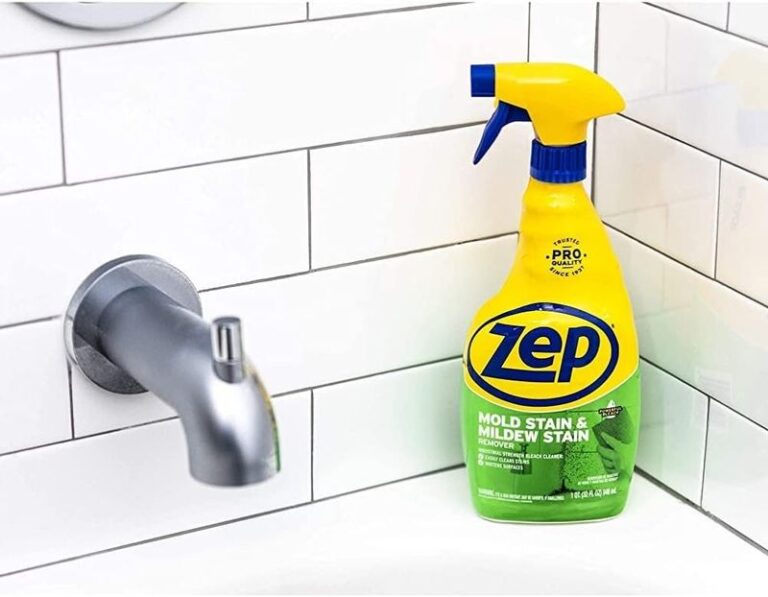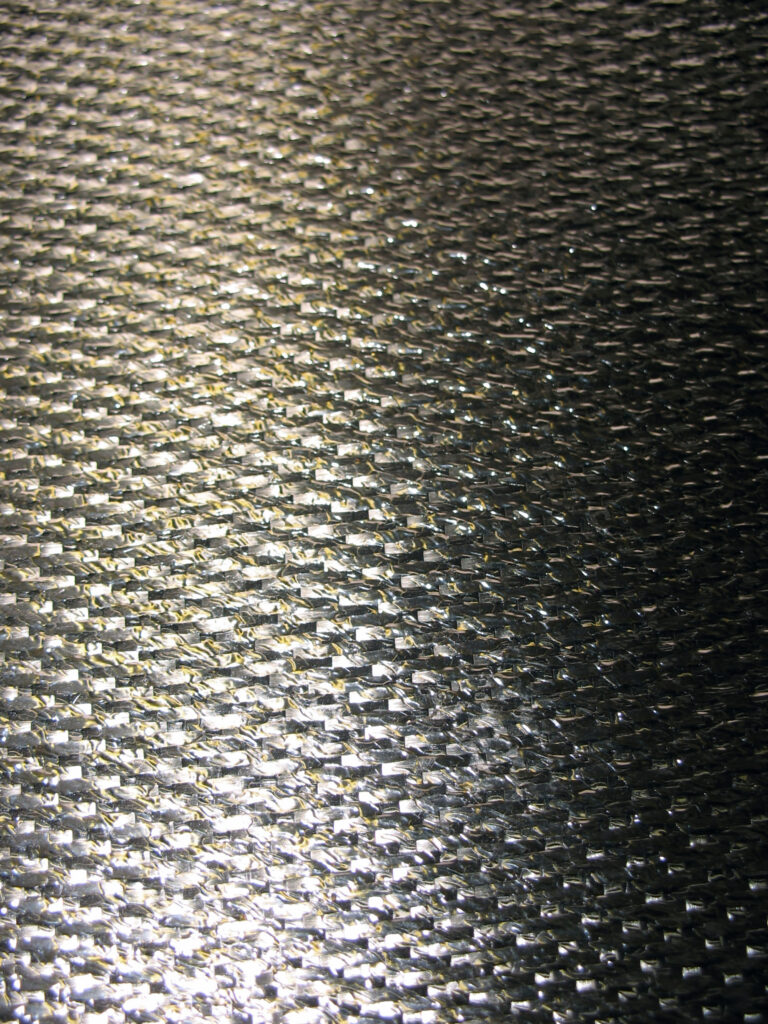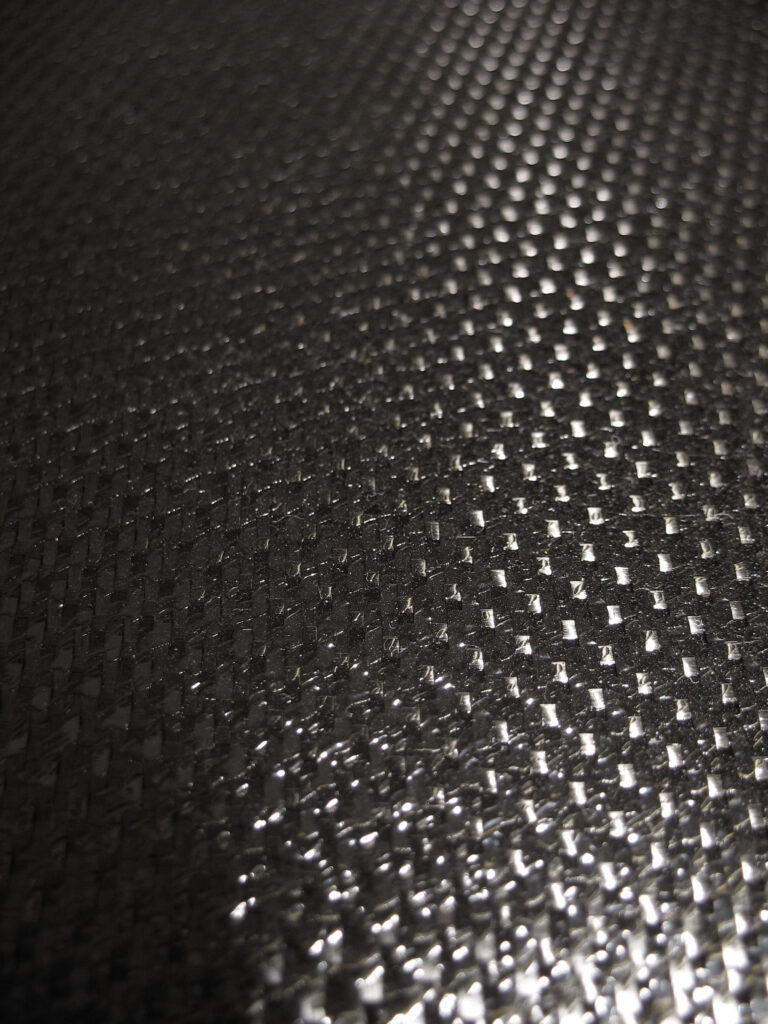Kitchen Cleaning Hacks: How to Prevent and Remove Mold
Mold is a common problem in many households, especially in the kitchen. It can grow on various surfaces such as countertops, cabinets, walls, floors, and even appliances. Not only does mold look unsightly, but it also poses health risks for you and your family. In this article, we will discuss how to prevent and remove mold from your kitchen using simple DIY remedies or professional cleaning methods.

Introduction to Mold and its Dangers
Mold is a type of fungus that thrives in damp environments with high humidity levels. When exposed to moisture, molds release spores into the air which can cause allergic reactions, respiratory problems, and other health issues. Some people may develop sensitivity to mold, while others may experience symptoms like sneezing, runny nose, coughing, congestion, and skin irritation.
How to Prevent Mold Growth in Your Kitchen
The best way to get rid of mold is by preventing it from growing in the first place. Here are some tips to help you prevent mold growth in your kitchen:
1. Keep your kitchen dry – Make sure there are no leaks or water damage in your kitchen. Fix any plumbing issues immediately to avoid excess moisture buildup.
2. Use exhaust fans – Install exhaust fans over stovetops and near cooking areas to vent out steam and reduce humidity levels.
3. Ventilate properly – Open windows and doors to allow fresh air circulation throughout the day. This helps lower indoor humidity levels and reduces condensation.
4. Regularly wipe down surfaces – Wipe down counters, cabinets, and appliances regularly with a disinfectant cleaner to keep them free from food debris and grime.
5. Store food properly – Always store food items in sealed containers or ziplock bags to prevent contamination and spoilage.
Signs of Mold Infestation in your Kitchen
If you suspect mold growth in your kitchen, here are some signs to watch out for:
1. Visible mold patches – Look for visible mold patches on walls, ceilings, floors, or other surfaces. These patches could be greenish-black, brown, white, gray, or orange in color.
2. Musty odor – A musty smell indicates the presence of mold. If you notice an unusual odor in your kitchen, check for hidden sources of mold infestations.
3. Water damage – Check for water damage around pipes, faucets, and drains. Moisture accumulation can lead to mold growth behind walls and under floorboards.
DIY Remedies for Getting Rid of Mold
Here are some easy home remedies for removing mild growth in your kitchen:
1. Vinegar solution – Mix equal parts vinegar and warm water to create a homemade cleaning solution. Spray onto affected surfaces and let sit for 10 minutes before wiping off with a cloth. Repeat until the mold disappears.
2. Baking soda paste – Combine baking soda and water to make a thick paste. Apply directly onto mold patches and leave for several hours before rinsing off with water.
3. Tea tree oil – Add a few drops of tea tree essential oil to a cup of water and use it to wipe down affected surfaces. The antifungal properties of tea tree oil can kill mold and prevent further growth.
Professional Cleaning Methods for Severe Mold Infestations
In severe cases where mold has spread extensively or is difficult to remove, it’s recommended to seek professional assistance. Professional cleaners have specialized equipment and techniques to eliminate mold completely without causing harm to your family’s health. They can also identify the source of the mold problem and provide solutions to prevent future occurrences.





